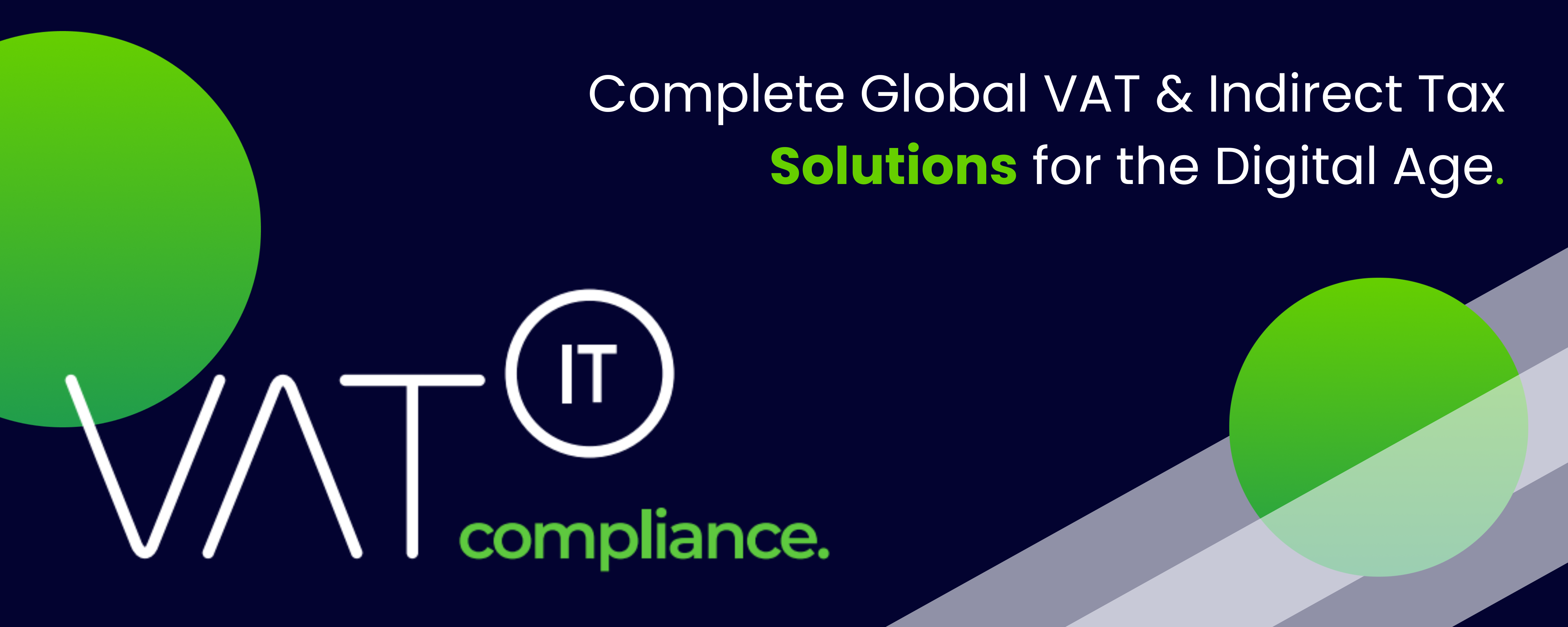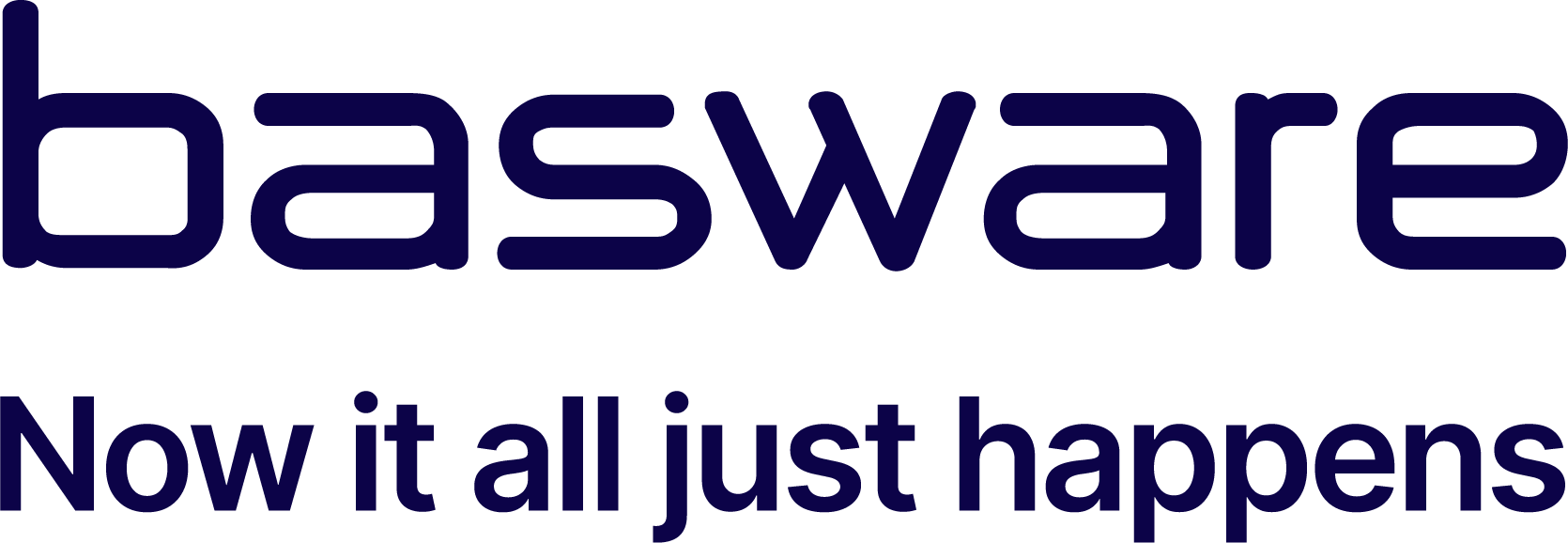- Definition and Importance of CTC: Continuous transaction controls (CTC) are systems that allow tax authorities to monitor business transactions in real time, helping to reduce tax evasion and improve compliance. By moving beyond traditional paper invoices, which can lead to significant tax revenue losses, CTC models enable more efficient collection and reporting of transaction data.
- Adoption of CTC Models Worldwide: Various countries have implemented different CTC models, including Real-time Reporting (RTR), Clearance, and Centralized Exchange (CE). These models facilitate the direct reporting of invoices to tax authorities, with some regions, particularly in Latin America and Europe, mandating e-invoicing for public sector transactions to strengthen economic oversight.
- Emerging Trends and Hybrid Models: The Peppol network and hybrid models combining decentralized and centralized approaches are gaining traction, enabling enhanced automation for businesses while providing tax authorities with better control. As countries continue to explore and adopt CTC frameworks, businesses must stay informed about compliance solutions that vary by market to effectively navigate these developments.
Source Pagero
- See also
- Join the Linkedin Group on Global E-Invoicing/E-Reporting/SAF-T Developments, click HERE
Latest Posts in "World"
- Enhancing VAT Compliance: The Impact and Benefits of Voluntary Disclosure Agreements (VDA)
- E-Invoicing & E-Reporting developments in the news in week 39/2025
- Transfer Pricing Adjustments: Implications for VAT and Customs
- White Paper: The global shift to eInvoicing
- E-Invoicing Exchange Summit Singapore 2025 (Nov 24-26, 2025)















